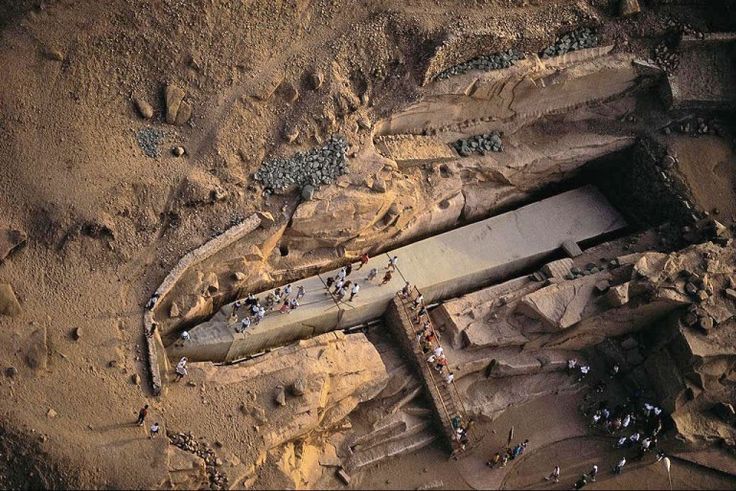Next time when you get cross or physically annoyed at a word document that you may have deleted by mistake, try to remember the poor Egyptians, who had to carve a thousand-ton block of granite, only to abandon it at the end.
Famously known as the Unfinished Obelisk, the largest known Egyptian obelisk can today be found at the same spot where it was once carved from solid granite bedrock.
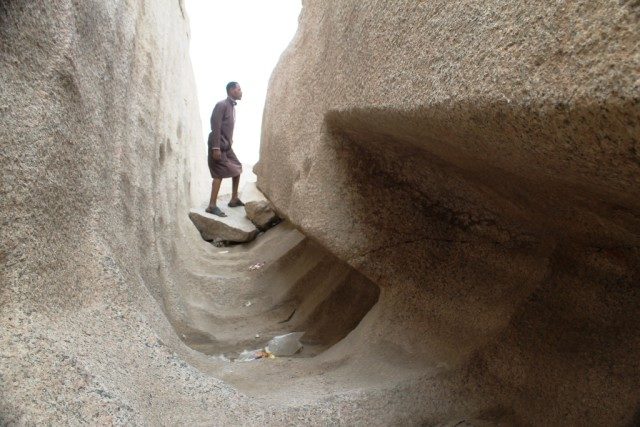
The people who carved the stone block intended it to be as tall as 120 ft. Experts have estimated that a granite as big as this would easily weigh the upwards of 1000 tons, whereas some geologist suggests the weight of the block to be as high as 1200 tons.
According to experts, almost all the carving was done when right at the end of the process a massive crack appeared on the block which essentially rendered it useless, hence the name Unfinished Obelisk.
The stone was possibly carved during the reign of Queen Hatshepsut, and apparently, the stone block of this monumental scale could only be used for what it was intended for and stonemasons at the time could not find any other suitable use for the block and had to abandon it as unfinished.
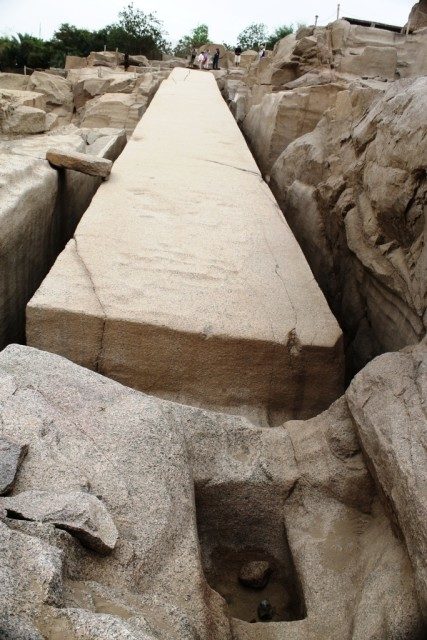
Experts are divided on whether the Obelisk in question is, in fact, unfinished or whether it was left alone for some other reason – mainly superstitious beliefs.
This is due to the fact that in the ancient times the amount of time invested in such endeavors had to be so big that simply abandoning it for a few cracks wouldn’t be a wise move.
And if you consider the amount of manpower that went into crafting these large blocks, the possibility of leaving it incomplete for a little damage seems even more diminutive.
Chris Dunn raised the question that considering the ancient history and the dedication of the masons at the time, it is very bizarre that such a perfectly formed obelisk was left abandoned.
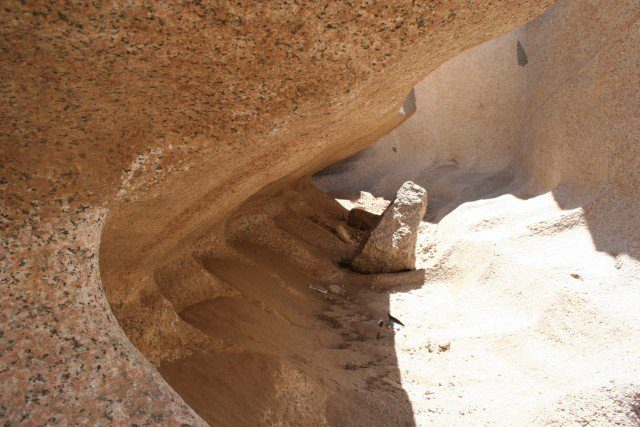
Chris Dun wrote a book titled Advanced Technology in Ancient Egypt, wherein he suggests that the crack associated with the Obelisk is more likely a product of a later wear and tear on the block.
Another explanation that Dunn puts forward is to do with the highly superstitious beliefs of the Ancient Egyptians who associated supernatural powers to large monoliths.
He expounds that another possibility that might have contributed towards the abandonment of the Obelisk could be that the stone was thought to have a supernatural aura that spared it from further cutting and deployment in a palace.
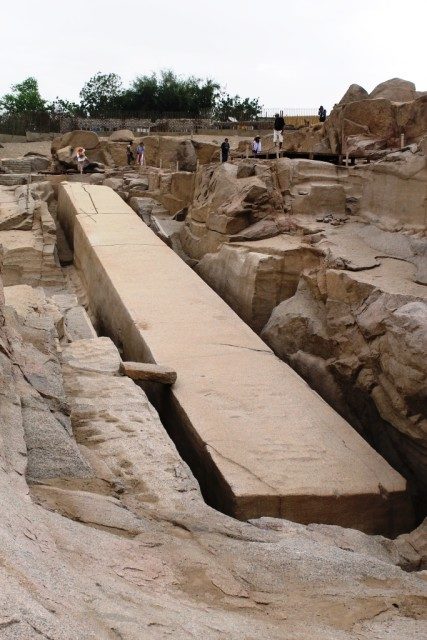
The creation of these Obelisks is thought to be one of the most astonishing acts that emerged out of the story. In the first phase of the carving, the quarry men would meticulously look for a large enough piece of slab without any significantly large cracks.
The workers would then dig small holes using copper tools in continuous intervals, much like hyphens in appearance, and wet wooden wedges were then inserted in the holes; these wedges would expand over time, significantly decreasing the distance between the holes by cutting through the granite forming the edges of the block.
This method has also been observed in the construction of various ancient structures in old quarries of France, Malta, and England.
